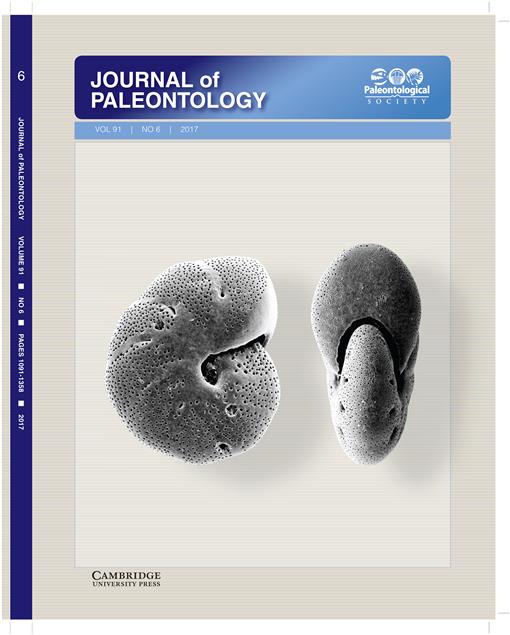The Middle and early Late Triassic of southern China is well known for a remarkable diversity of marine vertebrates, particularly reptiles, including an abundance of intriguing new forms (e.g., Jiang et al., 2005; Hu et al., 2011; Li et al., 2016). Here we describe a new diapsid from Yunnan Province. It possesses an elongate neck that exhibits a remarkable similarity to that of many Protorosauria, yet in other respects the skull and postcranium are much less derived.
The new taxon is part of the so-called Panxian-Luoping Fauna and the deposits correspond to the Upper Member of the Guanling Formation, comprising thin to medium bedded, gray to dark-gray laminated marly limestone and limestone, with several layers of bentonite intercalated in the fossil level at Panxian (Wan, 2002; Motani et al., 2008; Jiang et al., 2009). Their age is Pelsonian (middle Anisian, Middle Triassic) as is indicated by the conodont Nicoraella kockeli Zone (Sun et al., 2006; Zhang et al., 2009). A recent U-Pb study indicates the absolute age of these middle Anisian beds to be close to 244 Ma (Wang et al., 2014).





